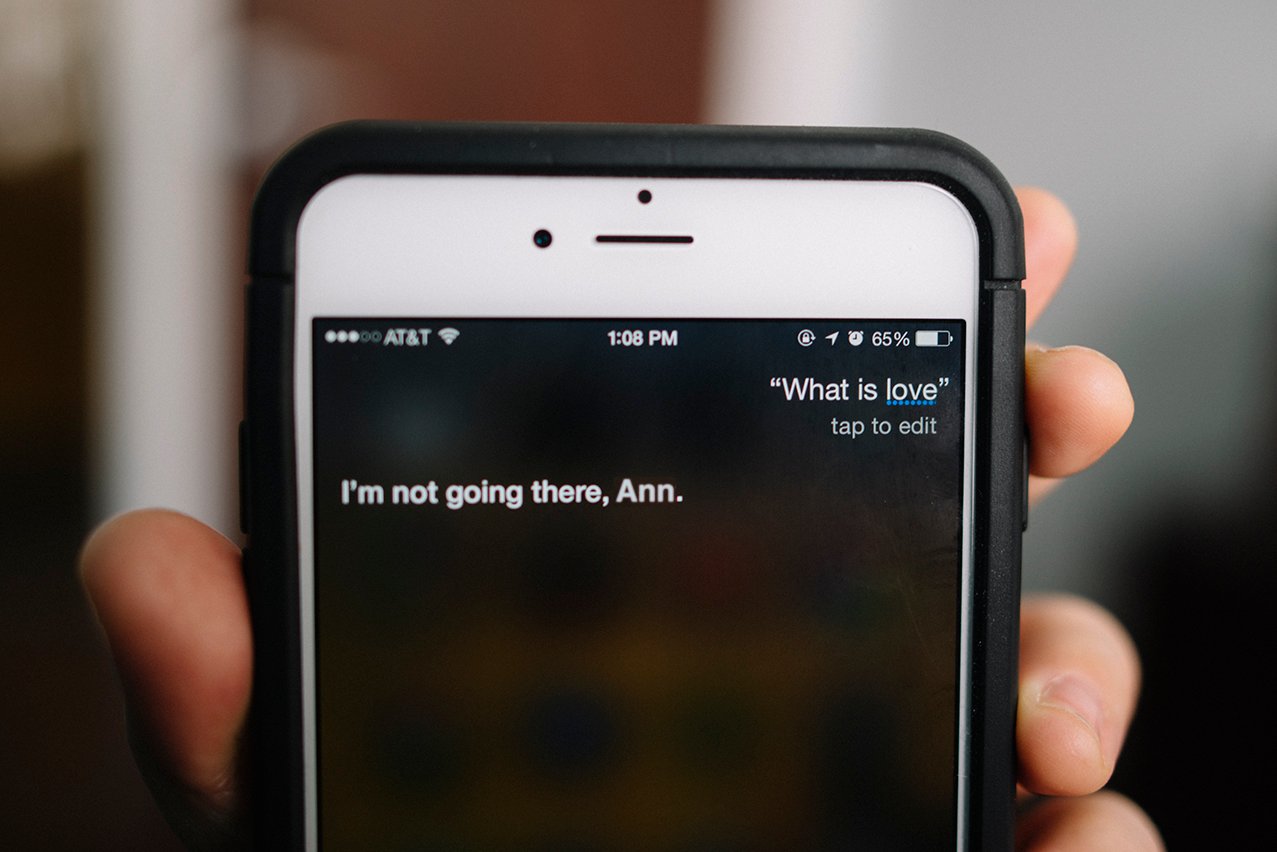by Nicole Mellas, Instructional Designer
.png?width=120&height=120&name=mellas,_nicole(200).png) So, you’ve identified your performance objective. You’ve designed a great interaction that is performance-based, scenario-driven, and learner-centric. You are well on your way to approval of the look and feel of your learner interface. (I know, I know...all of that is easier said than done. But thankfully you can look here, here, and here for some great tips on how to turn dreams of effective and engaging e-learning design into reality!)
So, you’ve identified your performance objective. You’ve designed a great interaction that is performance-based, scenario-driven, and learner-centric. You are well on your way to approval of the look and feel of your learner interface. (I know, I know...all of that is easier said than done. But thankfully you can look here, here, and here for some great tips on how to turn dreams of effective and engaging e-learning design into reality!)
Now, it’s time to put “fingers to keyboard” and write some content for the interaction (otherwise known as scripts or content grids). There’s only one problem: how do you get the type of information you need to transform subject matter expertise (which tends to be content-focused) into engaging, learner-focused scenarios?
Step One: Outline the Scenarios
In order to design your interaction, you’ve probably already asked questions like:
- “What does success look like?”
- “What conditions make success possible?”
- “What conditions make success difficult?” (If you haven’t, now would be a good time.)
Equipped with these answers, you now need to dig a little deeper and outline your scenarios.
One suggestion I find valuable is to ask your SME for anecdotes. People LOVE to tell stories; it’s human nature. For your own sanity, though, I recommend putting a time limit on the storytelling. An open-ended request for something like this could easily get out of hand and eat up more time than you have. Say something like, “For the next ten minutes, I’d love to hear about some of your experiences.” Then, focus the conversation on specific stories from which you can glean content, “Can you share with me the most difficult customer interaction you’ve ever had? Can you help me understand why it was so challenging?” Or, “Tell me about a time when everything went according to plan. What do you believe you did to help make that happen?”
Use the stories generated as a starting point for your training scenarios.
Use caution, though, because there may be an anecdote from the discussion that is so specific that it isn’t valuable as a training example. You can ask the group to help you identify the stories that are outliers.
Once you have identified the stories broad enough for use as training, look for commonalities. Bullet the key elements, putting like elements into groups. It helps to create the same number of groups as your total number of scenarios for the interaction.
Next, give each grouping a heading. The heading titles will vary based on the type of training you are creating. For a sales training containing three customer scenarios, the headings might be “The Ideal Customer Conversation”, “The ‘I’m-just-looking’ Customer Conversation” and “The Upsell-opportunity Customer Conversation”.
Now, you have some working scenario titles, along with the key elements of each of those scenarios bulleted out, all based on actual SME experiences. Talk about a great foundation for scripting!

Step Two: Create your Characters
Full disclosure: I am a theatre geek. “Getting into character” is something I do (as a performer) or help others do (as a director). It’s also something I find valuable as an instructional designer and writer. Why? Because spending some time thinking about a character keeps me (and everyone in the room) focused, first and foremost, on the story.
Stories drive the scenarios. The nuts and bolts information is important (of course), but you need a solid vehicle to deliver that information to your learner. The story is that vehicle. The story drives the lesson home, it gets the learner engaged, provides the motivation to change, and makes your training memorable.
If learners don’t engage with your training, remember what they learned, and use what they learned to do their job better, then what’s the point of creating the training? (Plus, there’s the added bonus that getting into character is fun! If you’re reading this blog, you’re probably familiar with the tagline “No Boring e-Learning.” Well, guess what? Creating e-learning doesn’t have to be boring, either!)
The types of characters you create will vary again, based on the nature of your training. You may create customers for your learners to interact with, or maybe other employees, or patients, or clients...it all depends on what your scenario is meant to teach. All compelling scenario-based interactions have one thing in common, however: realistic, interesting characters.
To help create your cast of characters, start by generating a list of character-types your learners are likely to encounter on the job. Again, a time limit on this type of brainstorming is helpful as it creates a feeling in the room that theatre director Anne Bogart calls “Exquisite Pressure”. As we creative designer-types know, creativity abounds within constraints! So, in three minutes, have the group brainstorm as many character types as possible. Record them someplace where everyone can see. Your list might look like, “Bob the ‘I’m-too-busy-to-talk’ caller”, or “Susie the ‘I-already-researched-this’ patient”. Don’t spend time wordsmithing. Just record a character sketch in the broadest terms. You’ll narrow it down to specifics later.
Now here is the fun part! When your three-minute brainstorming session is up, pick any character to start. Give life to this character. Who is this person? Start by asking a few crazy questions, which may have very little relevance to the training. “What did Bob have for breakfast? Does he have any kids? When was his last vacation? What’s his favorite song?” Answering questions like these helps SMEs escape from their typical content focus. It gives everyone in the room permission to think creatively, to use their imagination, to play. Also, these questions condition your group to think about the story first. Then, when you transition to asking character-related questions about scenarios, your SMEs’ answers will continue to focus on the story and the character.
Think back to our example scenario titles above. Let’s say as a group you decide to place “Bob the ‘I’m-too-busy-to-talk’ caller” in “The Upsell-opportunity Customer Conversation”. Guide your SMEs to help you build the story. Ask questions like:
- What is Bob likely to do or say in a situation like this?
- What would your learner need to do in order to successfully upsell a caller like Bob?
- What are some mistakes your learner might make that would frustrate Bob?
All of the sudden, you’re generating ideas for correct paths and distractors for your scenario, and it’s all completely scenario-driven and learner-centric.
Step Three: Provide the information
Invariably, no matter how scenario-focused you keep your questions, SMEs will continue to bring up valuable tidbits of information that begin with phrases like:
- “But learners need to know this…” or
- “This is important to know because…” or
- “In the ILT, we made sure to tell everyone…”
But, incorporating this SME input by adding a bunch of information presentation before the scenario is a quick way to kill learner motivation. Instead, let the learners engage with the characters and the scenarios you’ve created. When they make a mistake, they’ll be looking for information on how to avoid that same mistake in the future. (People don’t like to fail if they can help it—that’s human nature.) Use the information the SMEs are anxious to provide as feedback. Yes, I said feedback.
I’m going to repeat this because it’s so powerful: When learners make a mistake, they look for information on how to avoid making that mistake in the future. So, by all means, deliver that information to them! The SMEs have already given it to you, and now the coaching feedback can provide it to the learners. And, since it will come at a time when the learner wants to read it (because it is immediately relevant), that precious subject matter expertise is far more likely to be retained, allowing your learner to do the right thing at the right time out there in the real world. And isn’t that what it’s all about?
What about you?
That’s my two cents on how to productively involve SMEs in scenario creation. Of course, I know my way isn’t the only way, and a strategy like this won’t always fly with a more traditional group. What strategies have you employed to create scenarios or content grids with SMEs? I’d love to read about it in the Comments section!
-1.png?width=75&height=75&name=Copy%20of%20It%20is%20not%20the%20strongest%20of%20the%20species%20that%20survive%2c%20nor%20the%20most%20intelligent%2c%20but%20the%20one%20most%20responsive%20to%20change%E2%80%99%20(11)-1.png)







Comment